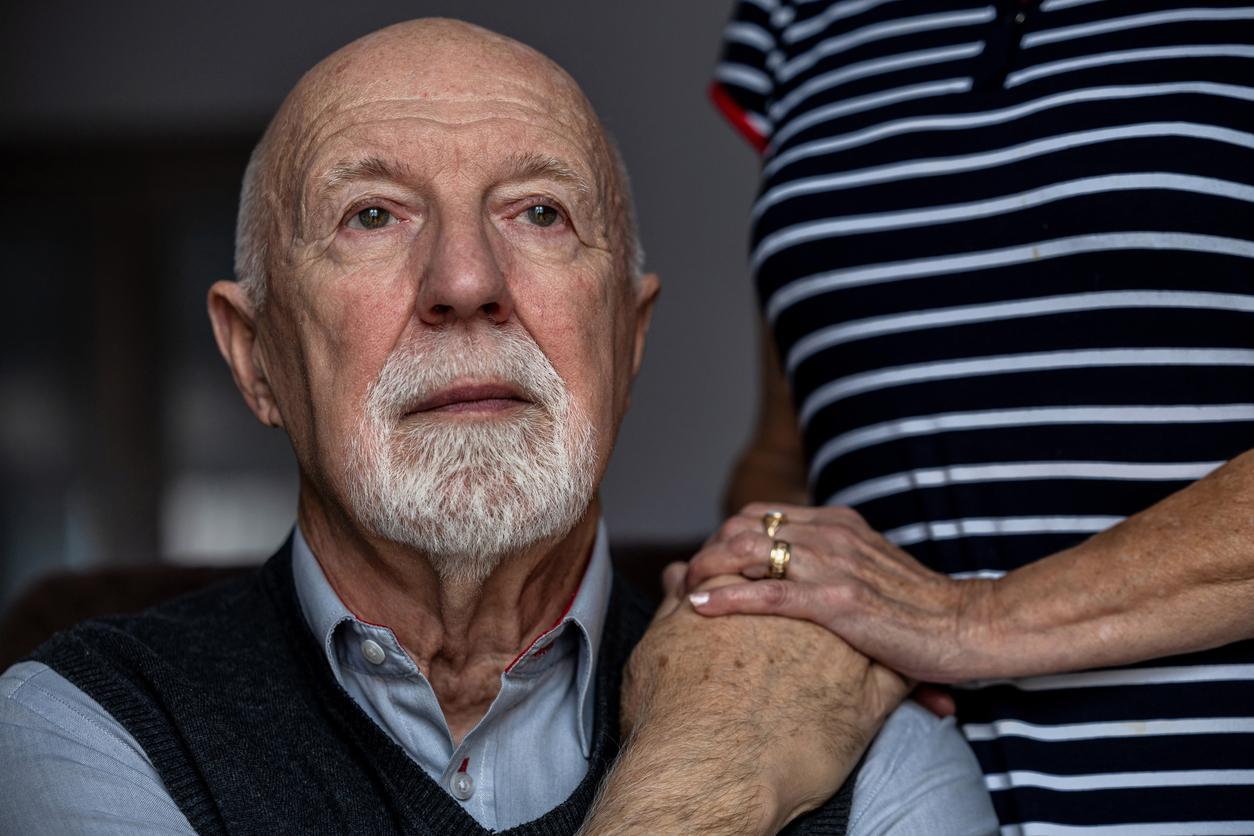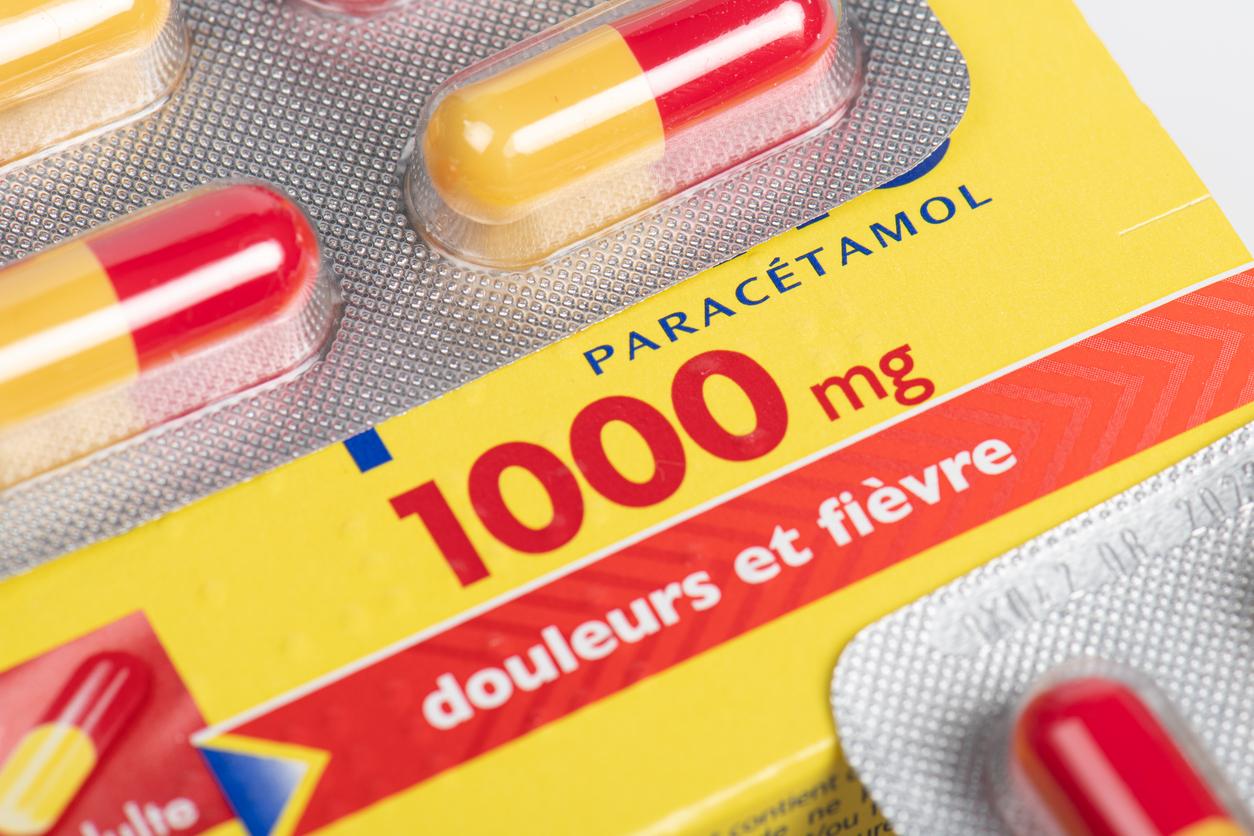According to the Haute Autorité de Santé (HAS), between 1% and 2.5% of the French population is suffering from bipolar disorder – in everyday language, we rather speak of “bipolarity”.
Bipolar disorder is a chronic psychiatric illness characterized by poor mood regulation. Concretely, in the absence of treatment, bipolar people undergo an alternation of hypomanic or manic episodes (with lots of ideas, lots of projects, a hyperactive temperament, insomnia…) and depressive episodes (with violent anxieties, suicidal thoughts, absolutely insurmountable fatigue, etc.).
“The management of bipolar disease is traditionally based on two pillars: medications and the psychotherapy” explains Pr. Chantal Henry, psychiatrist at the University Hospital Group Paris psychiatry & neurosciences. medications (so-called “mood stabilizers”) are responsible for regulating mood: “they are essential to combat the deregulation of systems” remarks Prof. Henry.
There psychotherapyfor its part, consists in particular of therapeutic education of the patient and his family: “it is a question of learning to detect the early signs of decompensation, to prevent the most severe episodes, and to manage risky situations” develops the psychiatrist.
Bipolar Disorders: Complementary Therapies Recommended by Doctors
“In addition to medication and psychotherapy, certain “support care” and “adjuvant strategies” can help patients live better with their pathology on a daily basis. It is mainly a question of adopting a healthy lifestyle!“says Prof. Henry.
- Physical activity
“Some patients with bipolar disorder have residual depressive symptomatologyexplains the psychiatrist. Concretely, this means that certain depressive symptoms persist apart from the crises: a difficulty in “getting started” in the morning, for example.“
Because it allows the secretion of neurotransmitters associated with mood regulation and motivation (serotonin, in particular), physical activity is a valuable aid for these patients, “provided you practice very regularly“.
If no sport is particularly recommended (“soft gym or not, it doesn’t matter” reacts Pr. Henry), the yoga has been studied with positive results. So, American works published in 2014 emphasize the benefits of hatha yoga and vinyasa yoga.
- Light therapy
“Many bipolar patients suffer from seasonal depression, triggered by low light in fall and winter, explains Pr. Chantal Henry. For these patients, light therapy (with a specific lamp, and provided that the practice is supervised by a professional) can really help.“
Japanese works published in 2020 claim that light therapy is “an effective treatment to reduce depressive symptoms in bipolar patients“.
- Relaxation
“Bipolar disorders are frequently associated with anxiety disorders: relaxation practices (in autonomy or in a group, according to individual tastes) can help to control this anxiety as well as the emotional effervescence that can be observed in the context of this pathology.“
Again, no specific recommendation: “however, some patients find great comfort in mindfulness meditation and the sophrologypractices that can therefore be recommended.”
According to Australian works published in 2013it would thus be necessary to do 3 mindfulness meditation sessions per week to see (after about 8 weeks) an improvement in the symptoms of bipolar disorder.
- Dietary support
“People with bipolar disorder have a greater risk of suffering from metabolic syndrome, with abnormal blood levels of cholesterol and triglycerides. As a result: these patients have an increased risk of cardiovascular disease… and a reduced life expectancy” develops the psychiatrist.
Being accompanied by a dietician-nutritionist is therefore interesting when you are bipolar: “in addition, some treatments can cause weight gain, hence the need for a healthy diet” adds Prof. Henry.
Thanks to Pr. Chantal Henry, psychiatrist at the Paris University Hospital Group psychiatry & neurosciences, and scientific director of the Pierre Deniker Foundation.
Thanks to theassociation Bipolarity France

















